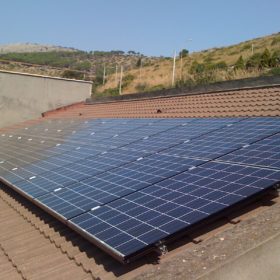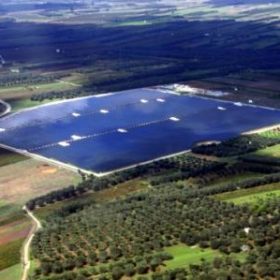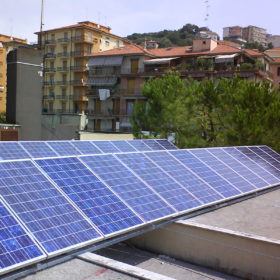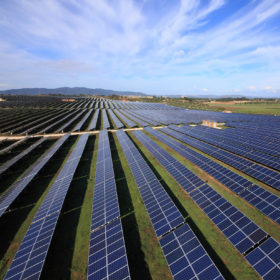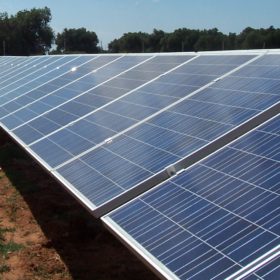Italy issues new regulation to promote solar and renewables in non-interconnected islands
The new rules will apply to the country’s 20 minor islands that have no connection with the national grid. Solar installation will be entitled to receive a premium tariff for both injected and self-consumed power.
Italy installed 84 MW of PV in first quarter 2017
The southern European country added new PV systems totaling 32.6 MW in March. Meanwhile, solar covered around 8.8% of Italy’s electricity demand last month, and 5.8% in the first three months of this year.
Cubico buys 105.6 MW of PV plants in Italy
The British renewable energy infrastructure company has agreed to acquire 18 solar facilities located in Italy from a joint venture between U.S. companies Riverstone and SunEdison.
Italian Revenue Agency says PV system owners can take advantage of super-amortization on investment goods
The Italian Revenue Agency has finally made clear that PV systems must be considered movable property. As a result, solar modules and other components installed in PV installations can now be depreciated by applying a coefficient of 9% instead of 4%.
Italian solar market expected to grow by another 1.5 GW by 2020
The Italian energy agency GSE forecasts that a further 1.5 of PV capacity will be installed by 2020. Good business opportunities are also expected to come from the storage sector.
Italian PV demand maintains steady pace in January, new opportunities for business
The Italian PV market maintains its path of stable growth in January with approximately 25.7 MW in new systems. Meanwhile, the local government agency GSE has published new rules for the revamping and repowering of existing installations. The Italian renewable energy sector believes that the new rules will create new business opportunities for both solar manufacturers and developers.
Italy installed 369 MW of new PV systems in 2016
The Italian solar market grew by 22% in 2016. The country added 369 MW of new PV systems last year. This growth was mainly driven by tax breaks for the residential sector and the regulation for self-consumption. Most of these systems have a power of up to 100 kW.

